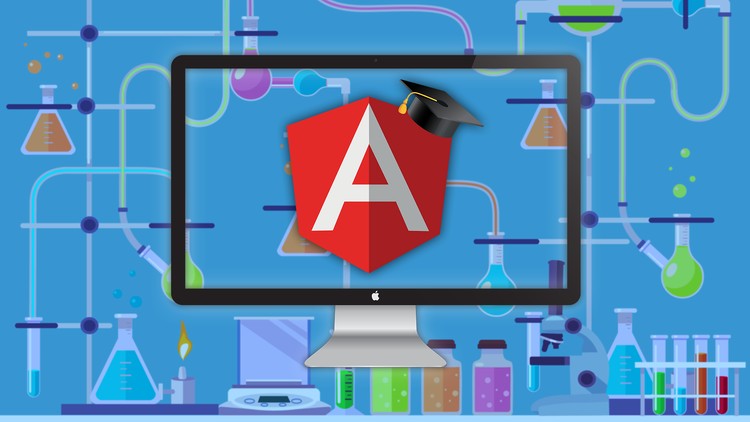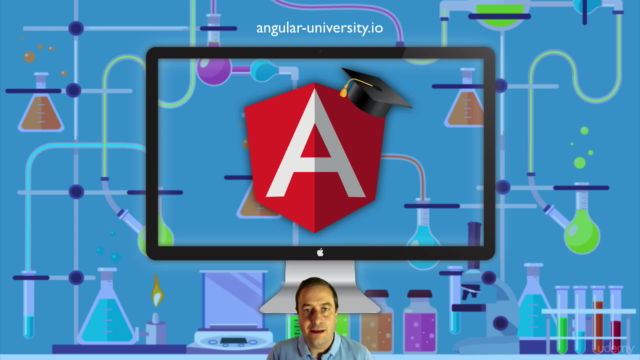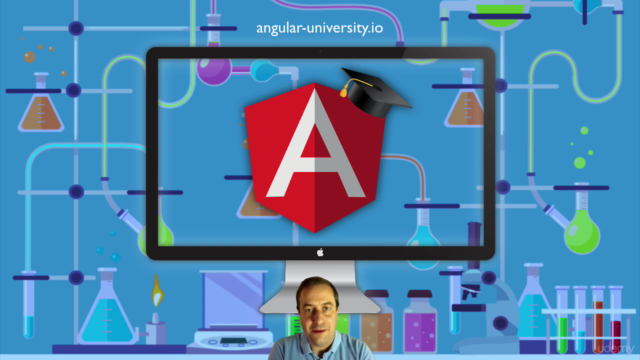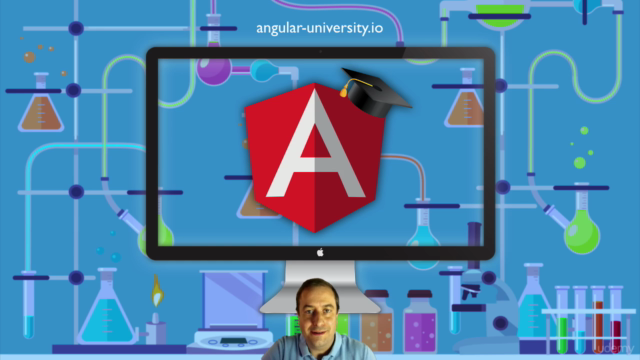Angular Advanced MasterClass & FREE E-Book
Build Your Own Library, Learn Advanced Angular Features
4.32 (1336 reviews)

11,159
students
7 hours
content
Apr 2025
last update
$89.99
regular price
What you will learn
Code in Github repository with downloadable ZIP files per section
Learn the most advanced features of Angular
learn how to how to build open source Angular libraries
Component API Design
Component Styling best practices
Templates and Template Outlets, ng-content, ng-container, style isolation and customization
AOT, global events, debugging with the CLI, @ViewChildren, @ContentChildren
Light DOM vs Shadow DOM, @HostBinding, @HostListener, dynamic components
Directives, handling keyboard events, testing, animations and more
Screenshots




Related Topics
1204590
udemy ID
5/4/2017
course created date
8/13/2019
course indexed date
Bot
course submited by